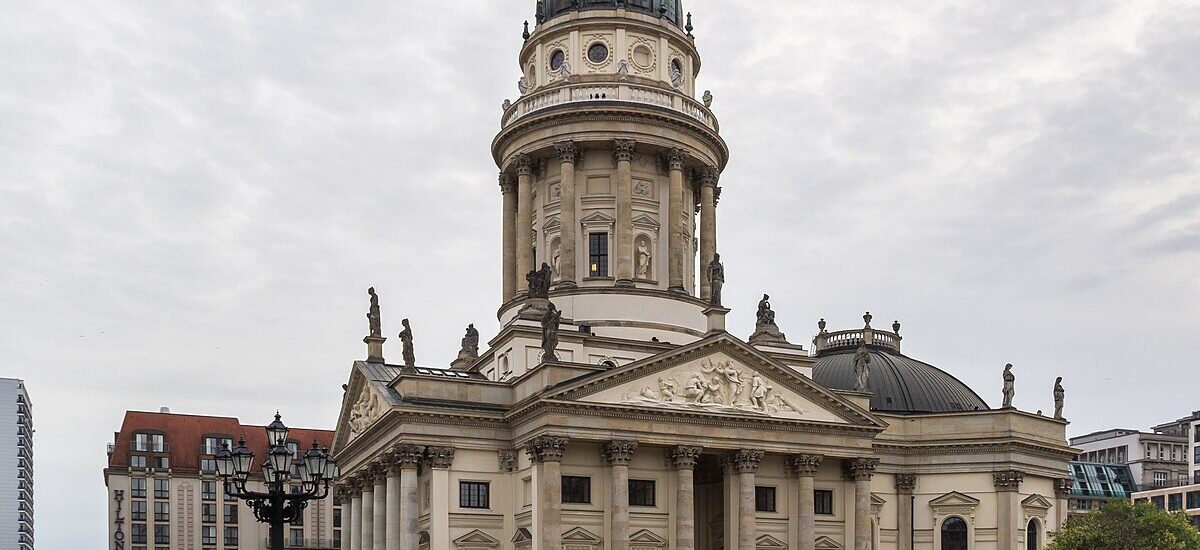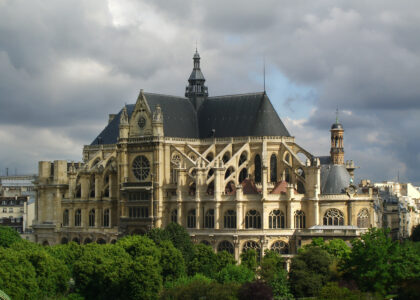Welcome to the Neue Kirche, also known as the Deutscher Dom, a site steeped in the rich tapestry of Berlin’s history. Imagine standing here in the early 18th century, when the church’s foundation was first laid in 1701 under the watchful eyes of architect Giovanni Simonetti. This Baroque masterpiece was commissioned by Frederick I of Prussia, a key figure who sought to reshape Berlin into a cultural and political hub of Europe. The church originally served the Huguenot community, French Protestants who fled persecution in France and found sanctuary in Berlin.
As you explore this grand structure, picture the bustling scenes of the 1780s when the church underwent significant reconstruction. Carl von Gontard, a renowned architect, added the iconic domed tower that stands before you today. This transformation aligned with the Enlightenment ideals of the era, emphasizing reason, science, and the arts.
The Deutscher Dom has been a silent witness to pivotal moments in German history. During the upheavals of the 1848 Revolution, it was here in Gendarmenmarkt Square that Berliners gathered to demand political reforms and greater freedoms. The church’s proximity to power made it a symbolic venue for these spirited rallies.
Tragically, the church suffered severe damage during World War II bombings, leaving it in ruins until the 1980s when restoration efforts began. As you stand here, think of the meticulous reconstruction completed in 1993, a testament to Berlin’s resilience and dedication to preserving its historical landmarks.
Today, the Neue Kirche serves not as a place of worship, but as a museum dedicated to Germany’s parliamentary history. Through exhibits and events, it invites visitors to reflect on the evolution of democracy in Germany.
In the broader historical context, the church is a microcosm of Berlin’s journey through monarchies, wars, and reunification. It tells the story of a city that has continuously rebuilt and redefined itself, embracing its past while forging a new identity.
As you leave, consider the echoes of history within these walls and the enduring legacy of the Neue Kirche as a symbol of cultural resilience and historical reflection.




